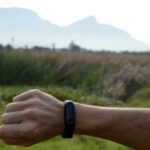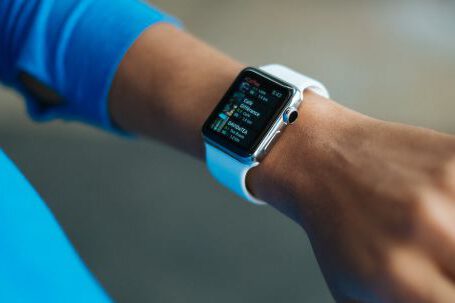The Internet of Things (IoT) has revolutionized the way we interact with technology. With the increasing number of connected devices, it has become crucial for these devices to be able to communicate and work together seamlessly. However, achieving interoperability among IoT devices is not without its challenges. In this article, we will explore some of the major obstacles that hinder IoT device interoperability.
1. Lack of Standardization
One of the biggest challenges in achieving IoT device interoperability is the lack of standardization. With numerous vendors and manufacturers developing their own proprietary technologies and protocols, it becomes difficult for different devices to understand and communicate with each other. This lack of standardization not only hampers interoperability but also leads to compatibility issues between devices from different manufacturers.
2. Communication Protocols
IoT devices communicate with each other using different protocols, such as Wi-Fi, Bluetooth, Zigbee, and Z-Wave. The lack of a common communication protocol further complicates interoperability. For example, a device that uses Wi-Fi may not be able to communicate directly with a device that uses Zigbee. This requires the use of additional hardware or gateways to bridge the communication gap, adding complexity and cost to the overall system.
3. Security Concerns
Interoperability among IoT devices can also pose significant security risks. When different devices are connected and share information, they create potential entry points for hackers. If one device is compromised, it can potentially compromise the entire network. Ensuring the security of interconnected devices is a major challenge that needs to be addressed to achieve widespread interoperability.
4. Data Compatibility
IoT devices generate vast amounts of data, which is often stored and processed in the cloud. However, different devices may use different data formats or structures, making it difficult to aggregate and analyze data from multiple sources. Achieving data compatibility and standardization is essential to enable seamless interoperability and unlock the full potential of IoT technologies.
5. Scalability
As the number of IoT devices continues to grow, achieving scalability becomes crucial. Interoperability must be scalable to accommodate the increasing number of connected devices and the diverse range of applications they support. This requires robust and efficient protocols that can handle large volumes of data and ensure reliable communication between devices.
6. Power Management
IoT devices are often battery-powered or have limited power capabilities. Managing power consumption is crucial to prolong battery life and ensure uninterrupted operation. However, interoperability can introduce additional power requirements, such as maintaining communication channels or processing interoperability protocols. Balancing power management with the need for interoperability is a significant challenge in IoT device design.
7. Complexity and Cost
Implementing interoperability in IoT devices can increase complexity and cost. Additional hardware and software components may be required to enable communication and ensure compatibility. This complexity not only affects the development and deployment of IoT devices but also increases the overall cost for manufacturers and end-users.
In conclusion, achieving interoperability among IoT devices is a complex task that involves addressing various challenges. Standardization, communication protocols, security concerns, data compatibility, scalability, power management, and cost are all key factors that need to be considered. Overcoming these challenges will pave the way for a more connected and integrated IoT ecosystem, unlocking new possibilities and opportunities for innovation.





